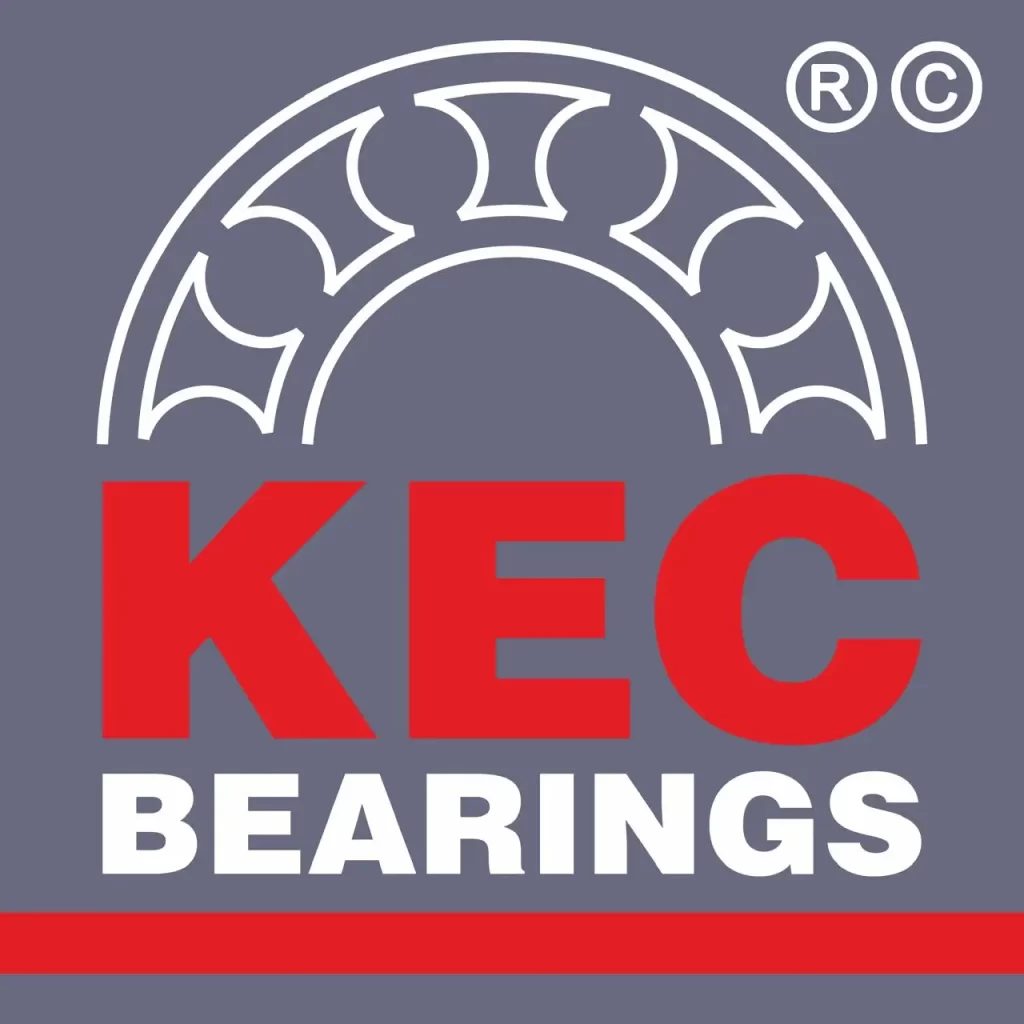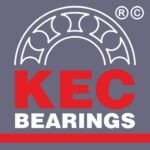Introduction
In the world of heavy machinery, particularly crushers used in mining and aggregate processing, the choice of bearing is crucial for ensuring optimal performance and longevity. Spherical roller bearings (SRBs) are a popular choice for these applications due to their robust design and ability to handle complex loads. This blog delves into the technical aspects of spherical roller bearings, their role in crushers, and best practices for their maintenance and operation
Types of Crushers
There are many types of crushers working in the market. It is very important to know working and maintenance system if every crusher. This knowledge will help in selecting bearings and its parameters for every aspect of the application. Below are the details for some of the major crushers working in the segments.
Compression Crushers
In compression crushers, high start-up torque, shock loads and vibration demand high-performing anti-friction bearings that can operate reliably with minimal heat generation.
Jaw Crushers
Most operations prefer jaw crushers for primary crushing. A large feed opening allows these crushers to receive larger-sized material than most other types of machines. Bearing speeds and loads are generally moderate, but, on occasion, the load spikes as uncrushable material passes through the chamber.
In a typical jaw crusher, two outer bearings located on either side of the main frame support an eccentric shaft, while two inner bearings support a movable jaw. These are commonly known as “Pitman” bearings. The reciprocating motion of the shaft moves the Pitman against a second, stationary jaw. As material reaches the bottom of the chamber, it fractures as it becomes wedged between the jaws. Jaw crushers typically utilize spherical roller bearings, chosen for their ability to manage high radial loads and the presence of misalignment. Spherical roller bearings self-align and thus better compensate for shaft deflections and seat misalignment.
Cone Crusher
Cone or gyratory crushers use a variety of specialized bearings specifically designed for each model. Like jaw crushers, these machines – common in primary, secondary and tertiary crushing circuits – also operate at moderate speeds under heavy loads and experience significant load spikes. In a standard cone crusher, the main shaft is housed in a frame attached to a mantle. A pinion (counter) shaft assembly drives a bevel gear that rotates the cone. As material presses against the bowl liner by the mantle or cone, it is crushed into smaller pieces that fall through to the bottom.
Most cone crushers have two radial bearings and two axial bearings. The radial bearings are most commonly special cylindrical roller bearing designs, featuring two rollers per pocket with differing roller lengths. The axial bearings typically combine a tapered thrust bearing and cylindrical thrust bearing.
Impact Crusher
Secondary crushing circuits commonly use hammer mills and vertical and horizontal impact crushers and experience high-rotational speeds and variable loading conditions. They tend to use spherical roller bearings for flexibility and to accommodate misalignment.
In hammer mills and horizontal crushers, spherical roller bearings in solid or split pillow block housings generally support the impactor shaft on both sides. Spherical roller bearings are a common choice because of their ability to handle the combination of radial loads and shaft misalignment that occurs during crushing. Pillow blocks protect bearings from contaminants and provide support for the bearing during the crusher operation. Pillow block bearings are often lubricated. The grease provides lubrication for the bearing and a layer of protection for external contamination.
What are Spherical Roller Bearings?
Spherical roller bearings are designed to accommodate both radial and axial loads while providing self-alignment capabilities. Their key features include:
- Self-Aligning Capability: The spherical design of the outer ring allows the bearing to compensate for misalignments and shaft deflections, reducing the stress on the bearing and extending its life.
- High Load Capacity: SRBs can handle heavy radial loads and moderate axial loads in both directions, making them ideal for applications with high operational stresses.
- Durability: Constructed with robust materials and advanced engineering, SRBs are designed to withstand harsh operating conditions and high-impact forces.
Application in Crushers
Crushers, used for breaking down rocks and ore into smaller pieces, place significant demands on their bearings. Here’s why SRBs are suited for this role:
- High Load Handling: Crushers often deal with large, heavy rocks, generating substantial radial forces. SRBs are capable of handling these high loads effectively.
- Misalignment Tolerance: During operation, crushers may experience misalignment due to wear and tear or thermal expansion. The self-aligning feature of SRBs helps accommodate these misalignments, reducing potential damage.
- Vibration Resistance: Crushers generate high levels of vibration. SRBs are designed to withstand such conditions, ensuring reliable operation and reducing the risk of premature failure.
Technical Considerations
When selecting and using spherical roller bearings in crushers, several technical factors should be considered:
- Load Ratings: Ensure the SRB selected has appropriate load ratings for the specific application. Overloading can lead to premature bearing failure.
- Clearance: Choose the correct internal clearance for the bearing. Too tight or too loose clearance can affect performance and lifespan.
- Lubrication: Proper lubrication is critical. Choose a lubricant that can withstand the operating temperatures and conditions of the crusher. Regular lubrication maintenance is also essential to prevent wear and extend bearing life.
Installation and Maintenance
- Installation: Proper installation is crucial for the performance and longevity of SRBs. Ensure that the shaft and housing are clean and free from damage before installation. Use appropriate tools and techniques to avoid damaging the bearing during installation.
- Alignment: Regularly check and maintain proper alignment of the shaft and housing. Misalignment can lead to increased stress on the bearing and reduce its lifespan.
- Lubrication Maintenance: Implement a routine lubrication schedule based on manufacturer recommendations and operating conditions. Over-lubrication or under-lubrication can lead to bearing failure.
- Inspection: Regularly inspect bearings for signs of wear, such as unusual noises or vibrations. Early detection of issues can prevent major breakdowns and costly repairs.
Common Issues and Troubleshooting
- Excessive Vibration: Can be caused by misalignment, imbalance, or worn components. Check alignment and balance, and inspect for wear.
- Overheating: Often due to inadequate lubrication or excessive load. Ensure proper lubrication and check if the bearing is subjected to excessive loads.
- Premature Failure: This can result from incorrect installation, misalignment, or poor lubrication. Review installation practices and maintenance schedules to identify and rectify potential causes.
Conclusion
Spherical roller bearings are integral to the reliable operation of crushers, offering robust performance under demanding conditions. By understanding their technical characteristics and adhering to best practices for installation, maintenance, and operation, you can maximize their lifespan and efficiency. Regular monitoring and proactive maintenance will help ensure your crushers remain operational and effective, ultimately supporting the success of your mining or aggregate processing operations.
References
For more detailed technical information and manufacturer-specific guidelines, refer to the bearing manufacturer’s documentation and industry standards related to bearing applications in heavy machinery.
Actionable Advice
At KEC Bearings, we are providing vast range of products and technical solution for crushers. You can contact our technical expert for more information. Also, you can visit our you-tube channel or download our LMS application for more knowledge.
Contact details
KEC Bearings Pvt Ltd
G-2408A, F2 Road, Almighty Gate, Lodhika GIDC, Metoda – 360021, Rajkot, Gujarat (INDIA)
Website: www.kecbearings.com
Email: sales@kecbearings.com
WhatsApp: +91 9330 96 9330

